
Bats may have their benefits, but you don't want them taking up residence in your home. This guide will help you understand bat removal costs.
Ticks and beetles may look alike, but only one can spread dangerous diseases
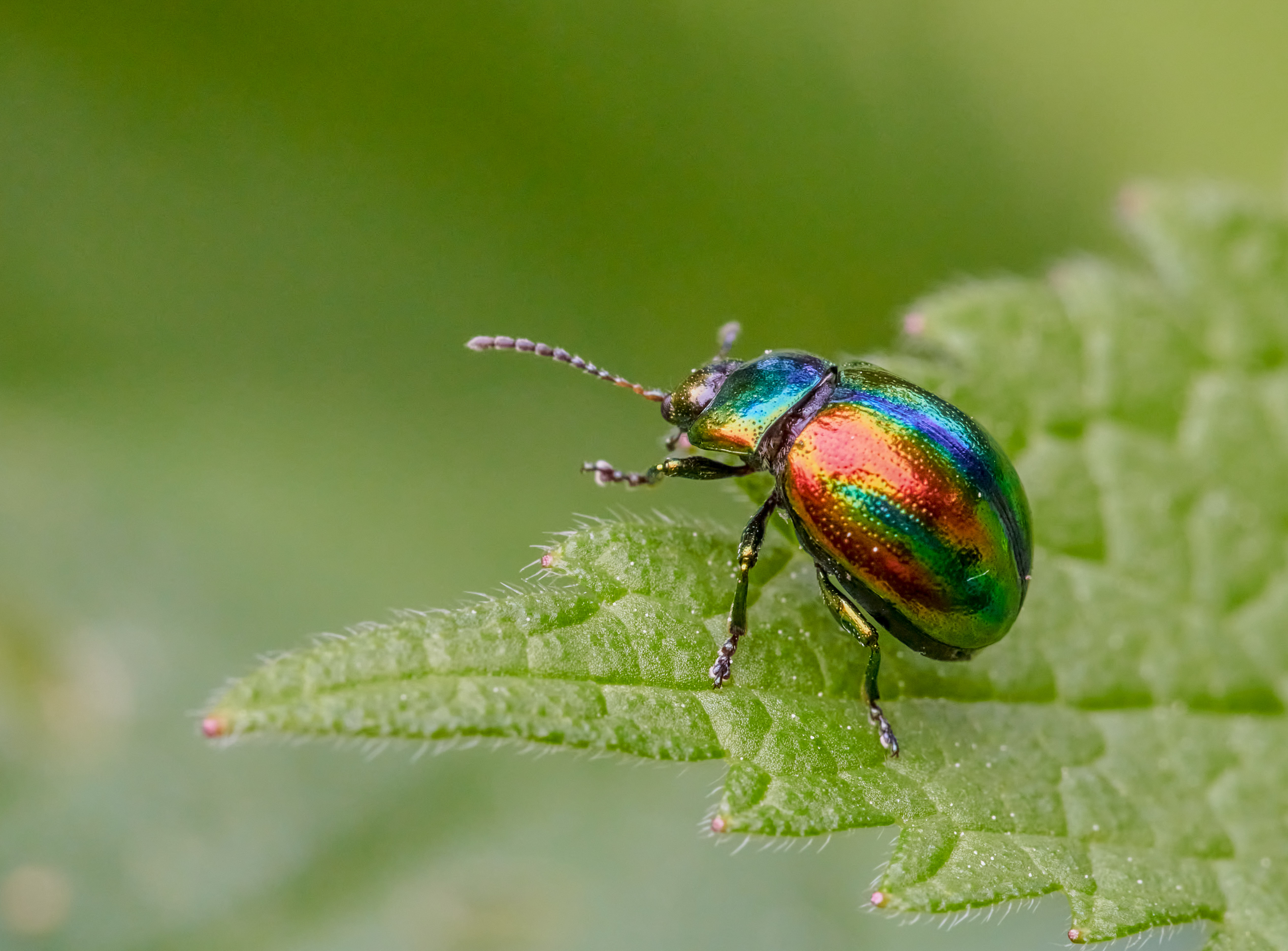

Ticks are blood-feeding arachnids that can transmit serious diseases, while beetles are relatively harmless insects with varied diets.
You can identify ticks by their flat, oval bodies, eight legs, and lack of wings or antennae.
Beetles range widely in size, shape, and color, and most species do not bite or pose a health risk.
Ticks live outdoors in grassy or wooded areas, while beetles can thrive both indoors and outdoors.
With warmer weather comes the fear of finding a tick on yourself or your pets, but these are often mistaken for certain types of beetles. One is a relatively harmless (albeit icky) nuisance, while the other is a bloodsucking parasite capable of spreading dangerous diseases.
Knowing whether you’re dealing with a tick vs. beetle can help you handle an infestation or avoid a potentially serious health hazard. This guide will walk you through the key differences between the two pests.
Ticks and beetles are two very different types of bugs, and identifying them correctly starts with a closer look at their biology, behavior, and environment. Ticks are parasitic arachnids that survive by feeding on the blood of animals and humans, while beetles are insects with hard, shell-like wing covers and a wide range of habitats and diets.
| Type of Difference | Tick | Beetle |
|---|---|---|
| Size | 3–5 mm (can swell when engorged) | 1–100 mm, depending on species |
| Shape | Flat, oval-shaped body, no wings, no antennae | Rounded or elongated body, wings, antennae |
| Color | Dark brown, black, or reddish | Various, including black, brown, red, spotted, or metallic |
| Number of legs | 8 | 6 |
| Host preference | Mammals, birds, and reptiles | Not parasitic to humans or animals; may infest plants, food, or fabric |
| Habitat | Tall grasses, wooded areas | Gardens, landscapes, kitchens, carpeting, basements |
| Disease | Can carry Lyme and other diseases | Do not transmit disease to humans |
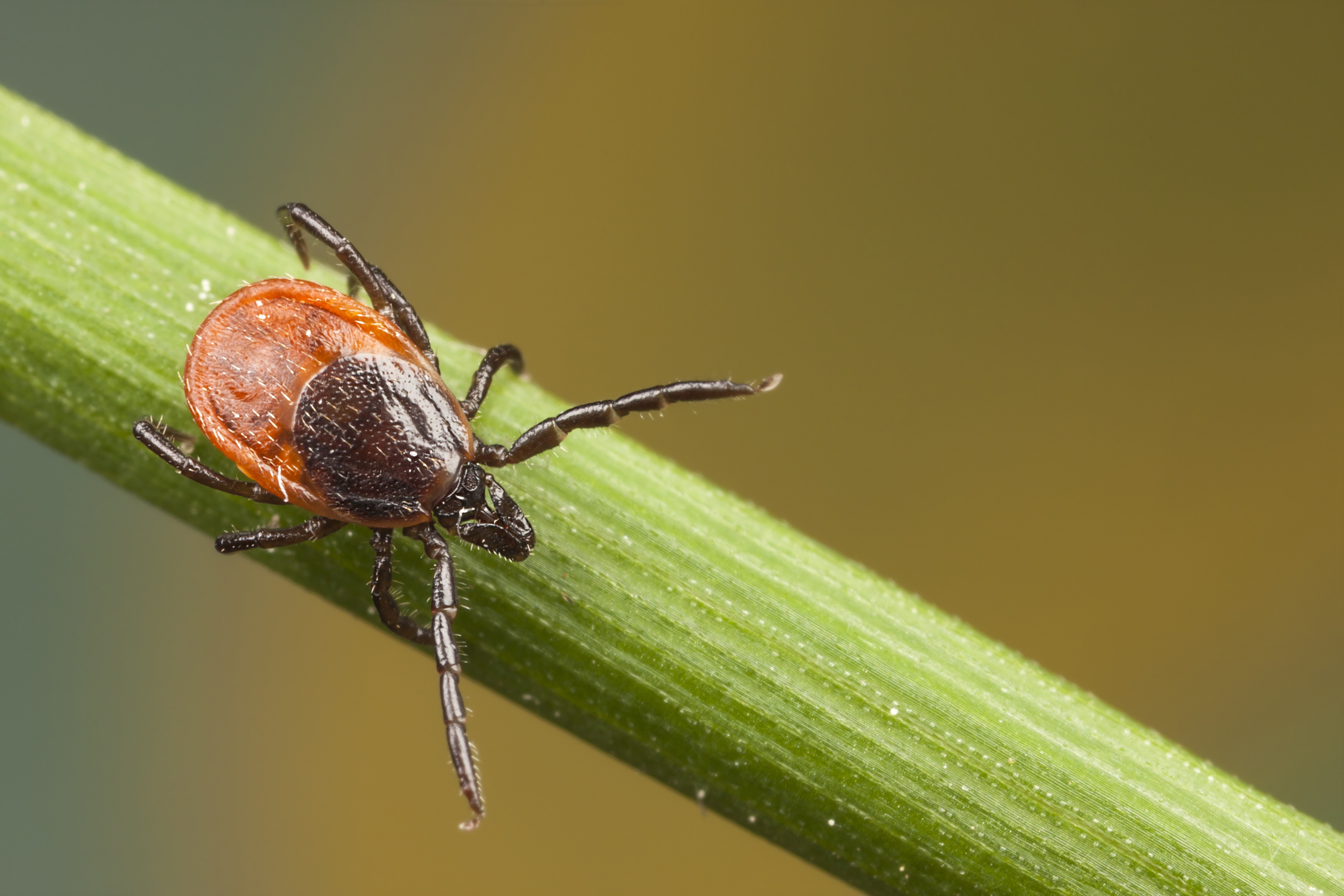
While ticks can be mistaken for different beetles at a glance, there are a few characteristics that can differentiate them.
Ticks tend to be smaller, measuring between 3 and 5 millimeters before feeding. Keep in mind that engorged ticks can grow several times in size. Beetles vary widely, from tiny carpet beetles (1 to 4 millimeters) to large rhinoceros beetles (up to 50 millimeters).
Ticks are typically dark brown, reddish, or grayish after feeding. Beetles come in a rainbow of colors, including black, brown, red, green, metallic, and even iridescent.
Ticks have flat, oval bodies without wings or antennae. Beetles are more rounded or long in shape and have both wings and antennae.
Counting the legs can easily tell you the difference between a tick versus a beetle. Ticks are arachnids with eight legs, while beetles are insects with six legs.
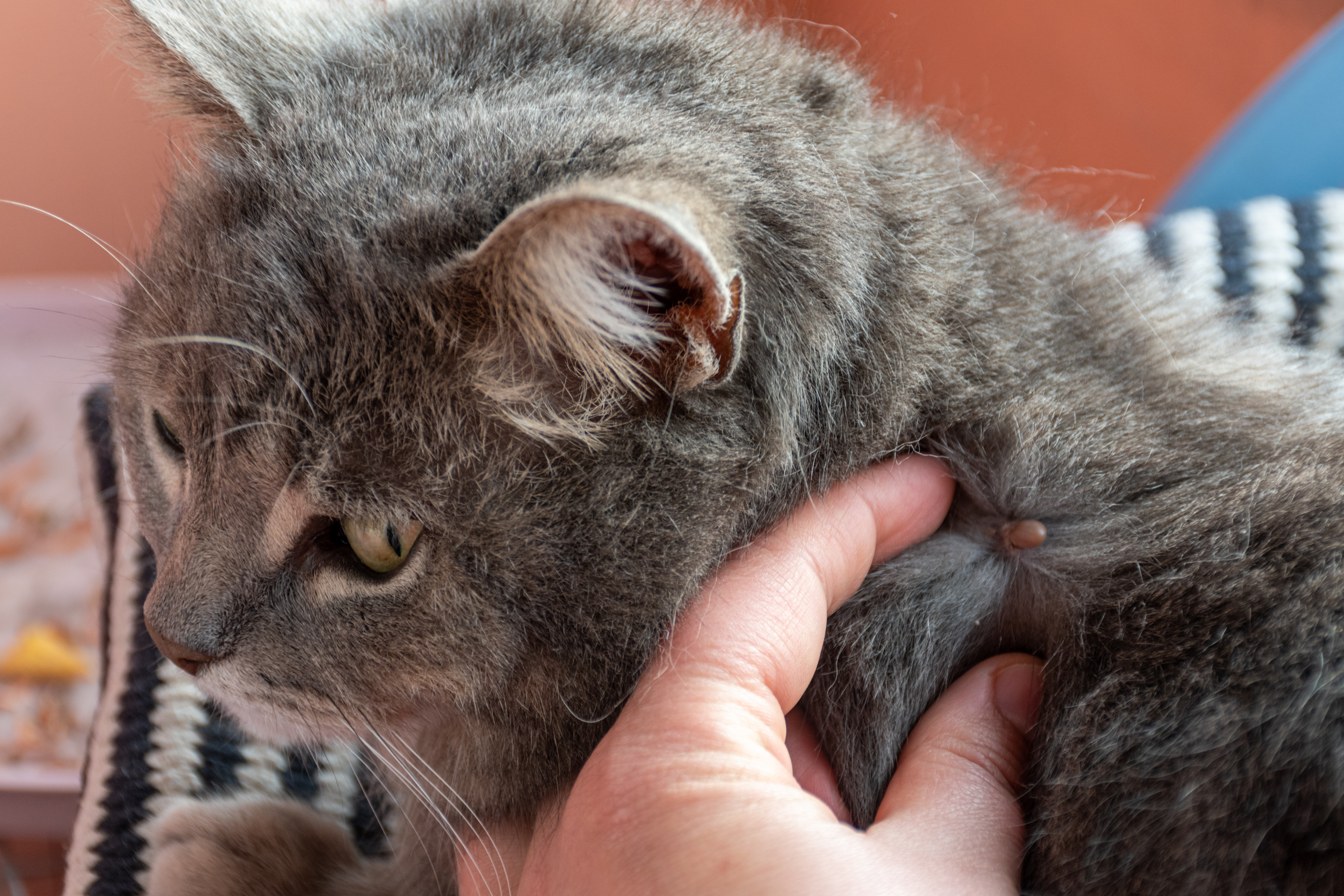
Ticks feed exclusively on blood and must attach to a host to survive. Their feeding process can take several days, during which they may transmit pathogens. Beetles don’t feed on blood, but have much broader diets that can include plants, fabric, carpet, wood, or other insects.
Ticks are obligate parasites and must find a host, which is usually a mammal (including humans and pets), bird, or reptile. In contrast, beetles are not parasitic and do not require a host. Instead, they live independently in various environments.
Ticks bite and embed into the skin of their host. Their bites may go unnoticed at first, but can become itchy or infected. Beetles typically do not bite humans, though some, like blister beetles, can cause irritating skin reactions if they’re handled.
Ticks are most active during warm, humid months and tend to be more active during the day. Beetle activity varies by species: Some are nocturnal, while others are active during the day.
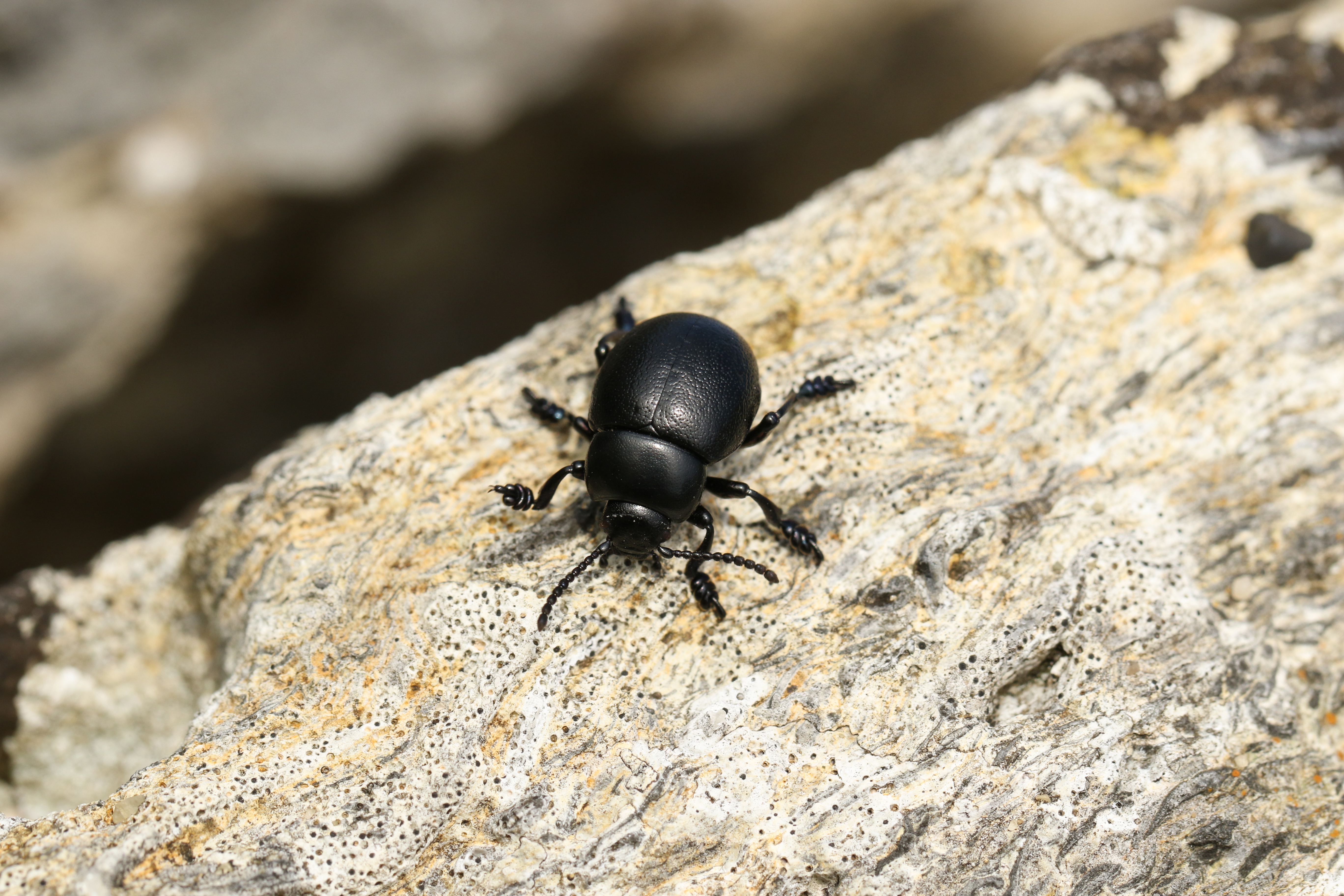
Ticks prefer outdoor, shady areas like tall grass, wooded areas, dense brush, and leaf litter. Beetles live indoors and outdoors and can be found in gardens, under rocks, inside pantries, or even in carpets and upholstery.
Ticks go through four life stages: Egg, larva, nymph, and adult. They need to feed on blood at each stage beyond the egg. Beetles undergo complete metamorphosis with egg, larva (grub), pupa, and adult stages, with varying lifespans, depending on the species.
Ticks can transmit serious diseases, including Lyme disease, Rocky Mountain spotted fever, and ehrlichiosis. Beetles do not pose a health threat in this sense, although some can damage food, carpeting, or fabrics.
If you’re seeing signs of a bug infestation, identifying the pest correctly is the first step toward effective prevention.
Ticks often require outdoor-focused strategies like keeping grass trimmed, using tick repellents, and checking humans and pets after time outside. Beetle prevention depends on the species, but involves sealing food containers, vacuuming regularly, and removing access to natural fibers or wood. For either pest, investing in the cost of pest control may be necessary if they become a persistent problem.
To avoid ticks, use insect repellent containing DEET, wear long sleeves and pants outdoors, keep lawns trimmed, and check yourself and pets after spending time outside. If you live near long grasses or heavily wooded areas, it’s worth investing in the cost of regular pest inspections to help keep tick populations under control near your property.
To deter beetles, keep food sealed, vacuum regularly, inspect secondhand furniture, and seal entry points like cracks and gaps around windows and doors. While beetles aren’t dangerous to humans, they can still be annoying and destructive, so contact a local pest control professional if you need help with an infestation.
From average costs to expert advice, get all the answers you need to get your job done.

Bats may have their benefits, but you don't want them taking up residence in your home. This guide will help you understand bat removal costs.

Discover the average ant exterminator cost, factors impacting pricing, and how to save. Get expert tips to budget for ant removal and protect your home.

Keep your home free of termites and the damage they do. Learn more about inspections, infestations, and the average cost of termite treatments.
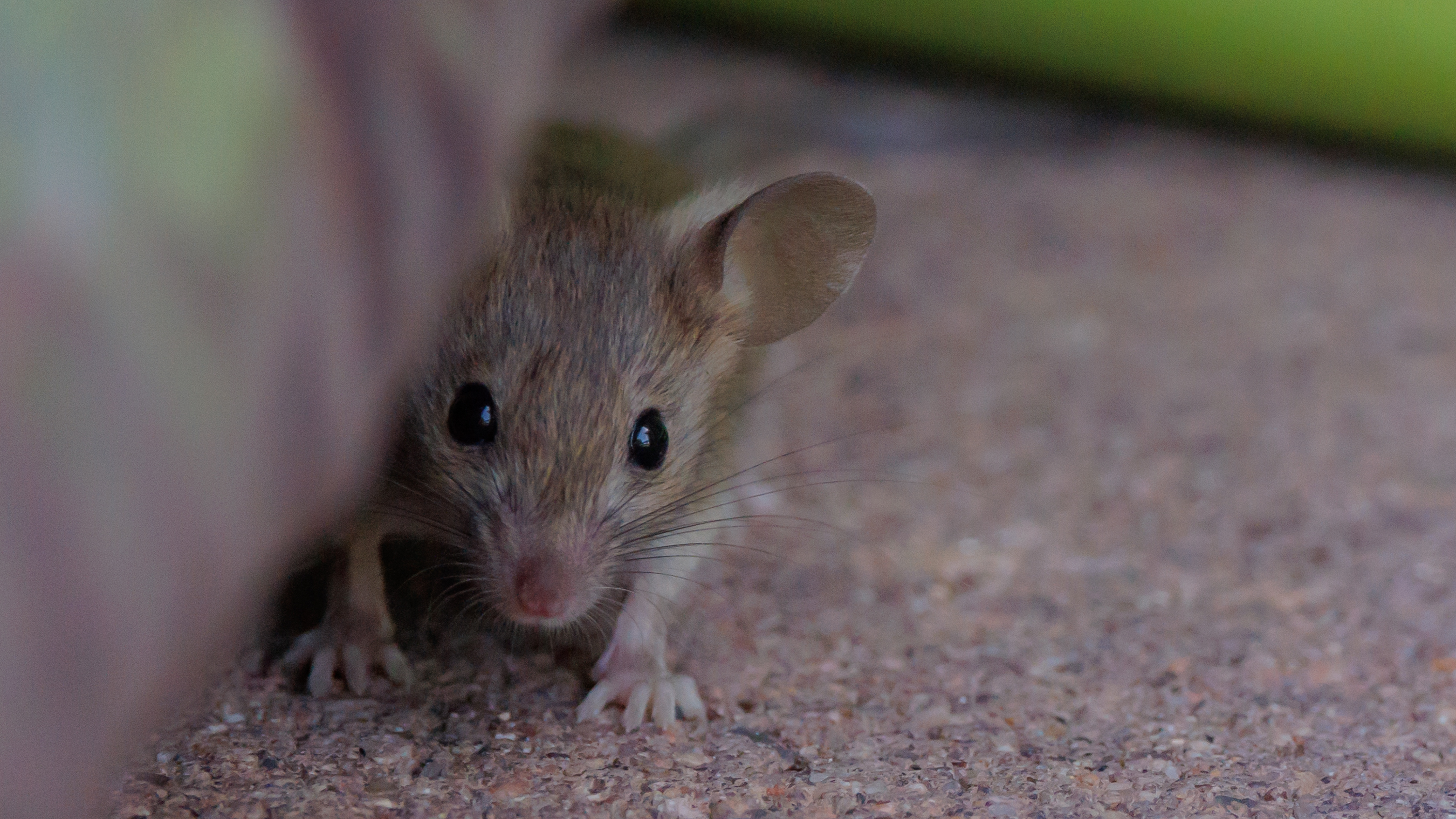
Find out how to spot the differences between house and field mice by their appearance, droppings, behavior, and health risks.

Termites can cause major structural damage to your home if left untreated. Use this guide to learn how to get rid of termites once and for all.

From the hooded skunk to the Eastern spotted skunk, learn how to identify common types of skunks you may see in your backyard or digging through your trash.